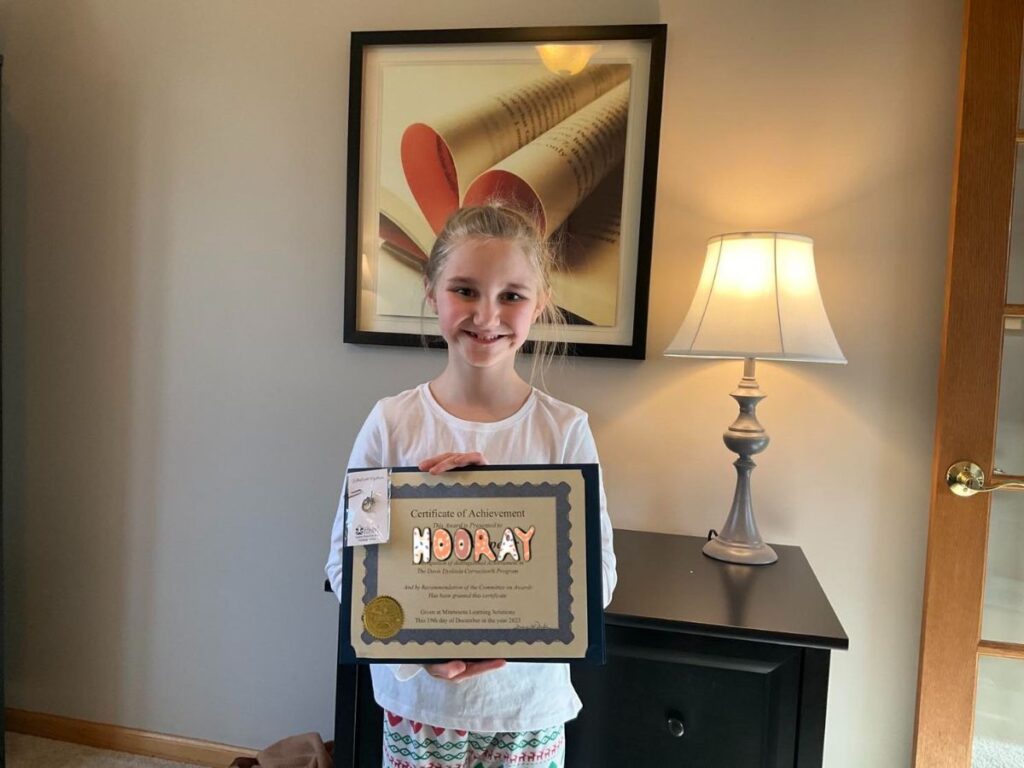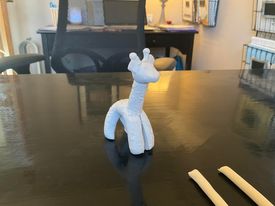MNLS BLOGS
It's A NEW YEAR
As we start this new year, I would love to chat. I would love to hear your story. What you’ve tried. What’s worked. And what hasn’t.
January, 2024
I hope you had a wonderful holiday season and that your family is healthy! I love having my kids and my grandbaby home. It’s the togetherness that I’ll never take for granted.
As we look ahead to 2024, I can’t help but look backward, too.
I’m so overjoyed that I’ve been able to work with so many amazing students.
I’m so blessed that I love what I do so much!
Students of all ages come to me with hunched shoulders, looking defeated and embarrassed.
But after we work together for just an hour or two, the shame turns to hope!
For the first time, they are given tools that work with their brain!
They’ve tried so hard to fit in. To do things right. To succeed.
But the reality is that their brains are built differently.
(And WOW they are smart and creative! It’s amazing what they can do…but not always helpful for reading left to right or for doing math on paper.)
Our talented and creative kids often do not fit into the little boxes that we have designed for them.
They need different tools. Concepts and tangible tools that makes sense to the way they are wired.
And that’s what we do at Minnesota Learning Solutions.
Using games, imagery, clay, and creative tactics, we help kids work WITH their brain instead of forcing them to be someone that they aren’t.
As we start this new year, I would love to chat. I would love to hear your story. What you’ve tried. What’s worked. And what hasn’t.
And I’d love to help you get started on the right foot this year.
Warmly,
Tracy
Success!

![]()
![]() Incredible Achievement Alert!
Incredible Achievement Alert! ![]()
![]()
A heartfelt congratulations to Ruby for successfully completing the Davis Dyslexia Program with flying colors! ![]()
![]() Before her program, Ruby felt like school and reading were a heavy weight on her shoulders, filled with sadness and fear. But guess what? Ruby turned the page and transformed those emotions into calm, happiness, excitement, and joy!
Before her program, Ruby felt like school and reading were a heavy weight on her shoulders, filled with sadness and fear. But guess what? Ruby turned the page and transformed those emotions into calm, happiness, excitement, and joy! ![]()
![]()
In just 5 short days, Ruby’s journey led to some phenomenal victories:![]() Reading at Grade Level
Reading at Grade Level![]() Improved Comprehension
Improved Comprehension![]() Better Focus
Better Focus![]() Spelling Feels Easier
Spelling Feels Easier![]() Font Sizes No Longer Create Anxiety
Font Sizes No Longer Create Anxiety
Talk about a transformation! ![]() Ruby, you’re an inspiration, proving that dedication and perseverance can rewrite the script of your own story.
Ruby, you’re an inspiration, proving that dedication and perseverance can rewrite the script of your own story. ![]()
![]() Here’s to a future filled with continued success, joy, and endless possibilities!
Here’s to a future filled with continued success, joy, and endless possibilities! ![]()
![]()
#SuccessStory #TransformationTuesday #DavisDyslexiaProgram #MnLearningSolutions #dyslexia ![]()
![]()

![]() Celebrating Success!
Celebrating Success! ![]()
Help me congratulate Linley on completing her Davis Dyslexia Program! ![]()
![]()
Linley’s biggest goal was for reading to feel easier! AND I’m thrilled to share that, with a positive mindset, determination, and the help of some pretty awesome tools for focus, energy regulation, emotional regulation, and reading exercises Linley has successfully achieved her goal! ![]()
![]()
Way to go Linley! ![]()
#mnlearningsolutions #davisdyslexia #dyslexia #ReadingSuccess #DeterminationPaysOff
Clay Creation of the Month
Clay creation compliments of Ruby H.

New Label, Old Ideas
When something is backed by science, it implies “proof“. There are various ways this is done but in the areas of social science, evidence-based methods are used .andhence the term “Science of Reading” has emerged. The “Science of Reading” aka phonics (similar to the Structured Reading Approach) and its cousins is based upon research conducted over the last five decades across the world, and it is derived from thousands of studies conducted in multiple languages. It is believed that phonics, phonemic awareness, vocabulary, fluency, and comprehension are the main ingredients to becoming a successful reader.
Heavy phonics as seen in the “Science of Reading” follows a bottom-up approach to decipher words, following a formula to decode words, and once successful, it is believed comprehension will follow.
This contradicts the present “Balanced Literacy Approach”, which came in the 1990s to solve poor literacy scores. It employs the theory that students learn to read by reading and through exposure to rich literature. This approach includes “embedded phonics” which involves instruction in sound-symbol relationships built into the reading experiences. It can lend itself to guessing a word using contextual clues. For some, balanced literacy strikes a balance between whole language and phonics – the best of both worlds including the love of reading.
But the proof is in the pudding and there seems to be a general agreement, we are not as good as we think.
Advanced TRS
Are you curious about the connection between heavy metals and Attention-Deficit/Hyperactivity Disorder (ADHD)? ![]() Let’s dive into this fascinating topic and explore the benefits of eliminating heavy metals for those with ADHD.
Let’s dive into this fascinating topic and explore the benefits of eliminating heavy metals for those with ADHD.
![]() The Heavy Metal-ADHD Link
The Heavy Metal-ADHD Link ![]()
Did you know that exposure to heavy metals like lead, mercury, and cadmium can potentially exacerbate ADHD symptoms or even contribute to its development in children and adults? These toxic substances have been linked to cognitive and behavioral challenges, making it crucial to understand their impact.
Why Detoxify?
Improved Focus
Heavy phonics as seen in the “Science of Reading” follows a bottom-up approach to decipher words, following a formula to decode words, and once successful, it is believed comprehension will follow.
Enhanced Cognitive Function
A cleaner, metal-free brain may lead to improved cognitive function, decision-making, and problem-solving skills.
Emotional Balance
Reducing heavy metal exposure may aid in managing mood swings and emotional stability, which can be challenging for individuals with ADHD.
Better Overall Health
Detoxifying your body from heavy metals promotes better overall health, which is essential for managing ADHD effectively.
How to Start Detoxifying
- Assess your environment for potential sources of heavy metals, such as lead-based paint or contaminated water.
- Consider a balanced diet rich in antioxidants and foods known for their detoxifying properties.
- Explore natural detox methods like Advanced TRS.
Have you gone through A Davis® program yet?
Professional services described as Davis®, including Davis Dyslexia Correction®, Davis Symbol Mastery®, Davis Orientation Counseling®, Davis® Attention Mastery, Davis® Math Mastery, and Davis® Reading Program for Young Learners may only be provided by persons who are trained and licensed as Davis Facilitators or Specialists by Davis Dyslexia Association International. dyslexia.com
